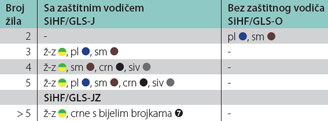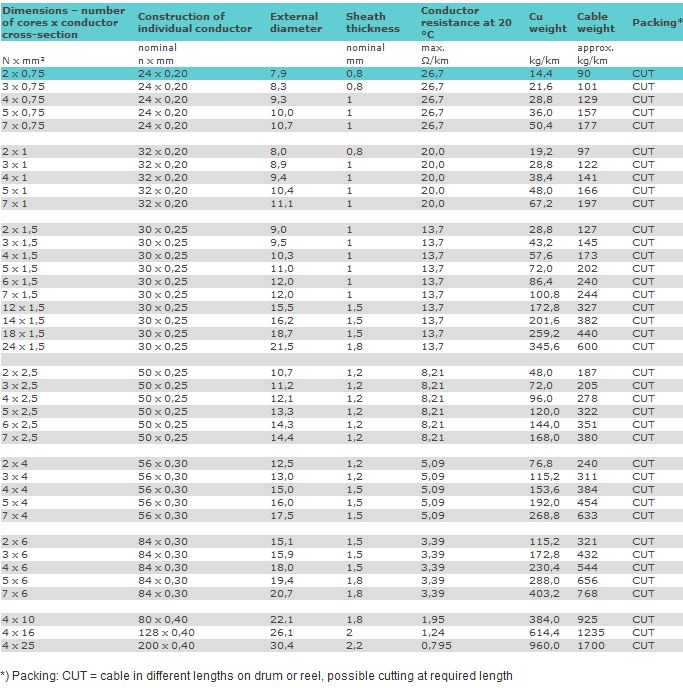ENPI, Lider në zgjidhjet Energjitike
Partneri juaj i besuar për zgjidhje të avancuara në sektorin e energjisë!
SiHF/GLS
Application
Silicone rubber is resistant to extreme temperature conditions, as for high (up to 180 °C, briefly even to 250 °C), so also for low (-60 °C) temperature. It has a high point (temperature) of inflammability, it is halogen-free, releases no corrosive gases at combustion, and around the conductor is formed additional insulation of silicone-oxide ashes. Due to a higher electrical resistance, tinned copper is also more suitable for higher temperatures (up to 220 °C) than bare copper. Such composition of these cables makes them applicable in extreme temperature environment, for inst. in steel production, aircraft industry, shipbuilding, cement plants and glass and ceramics factories, in electric power plants etc. They are also suitable for wiring of lighting, heating elements, burners, furnaces, saunas, solariums etc. To retain its mechanical properties at temperatures higher than 90 °C, silicone rubber needs to be properly ventilated or laid outdoor or in tubes. Glass fibers increase mechanical resistance of cable, and steel braid increases also mechanical resistance and resistance to electromagnetic fields.
Standards
DIN VDE 0250 part 1
HRN HD 22.15 S1
Construction
Conductor: tinned copper conductor, fine wired stranded, class 5 acc. to IEC 60228 / HD 383 / DIN VDE 0295
Insulation: silicone rubber, concentrically stranded cores, colour marked acc. to DIN VDE 0293-308 / HD 308 S2, for 3 and more cores: with yellow-green protective core
Sheath: silicone rubber
Braid: glass fiber grid
External braid: galvanized steel wire grid
Core colour marking: acc. to HD 308 S2 / VDE 0293-308

Technical data
Temperature range:
operating temp.:
-60 °C up to +180 °C
short-term peak temp.:
220 °C
Nominal voltage: Uο/U = 300/500 V
Test voltage: 2000 V
Breakdown voltage: 5000 V
Behaviour in fire: IEC 60332-1
Halogen-free: IEC 60754-1
Specific el. resistance of insulation: > 200 M Ω x km
Maximal tensile strength:
under normal conditions: 5 N/mm²
after ageing (240h / 200°C): 4 N/mm²
Minimal inner bending radius: 10D
Permitted current load: at ambient temp. up to +145 ˚C acc. to DIN VDE 0100
when applied for higher temp.:



